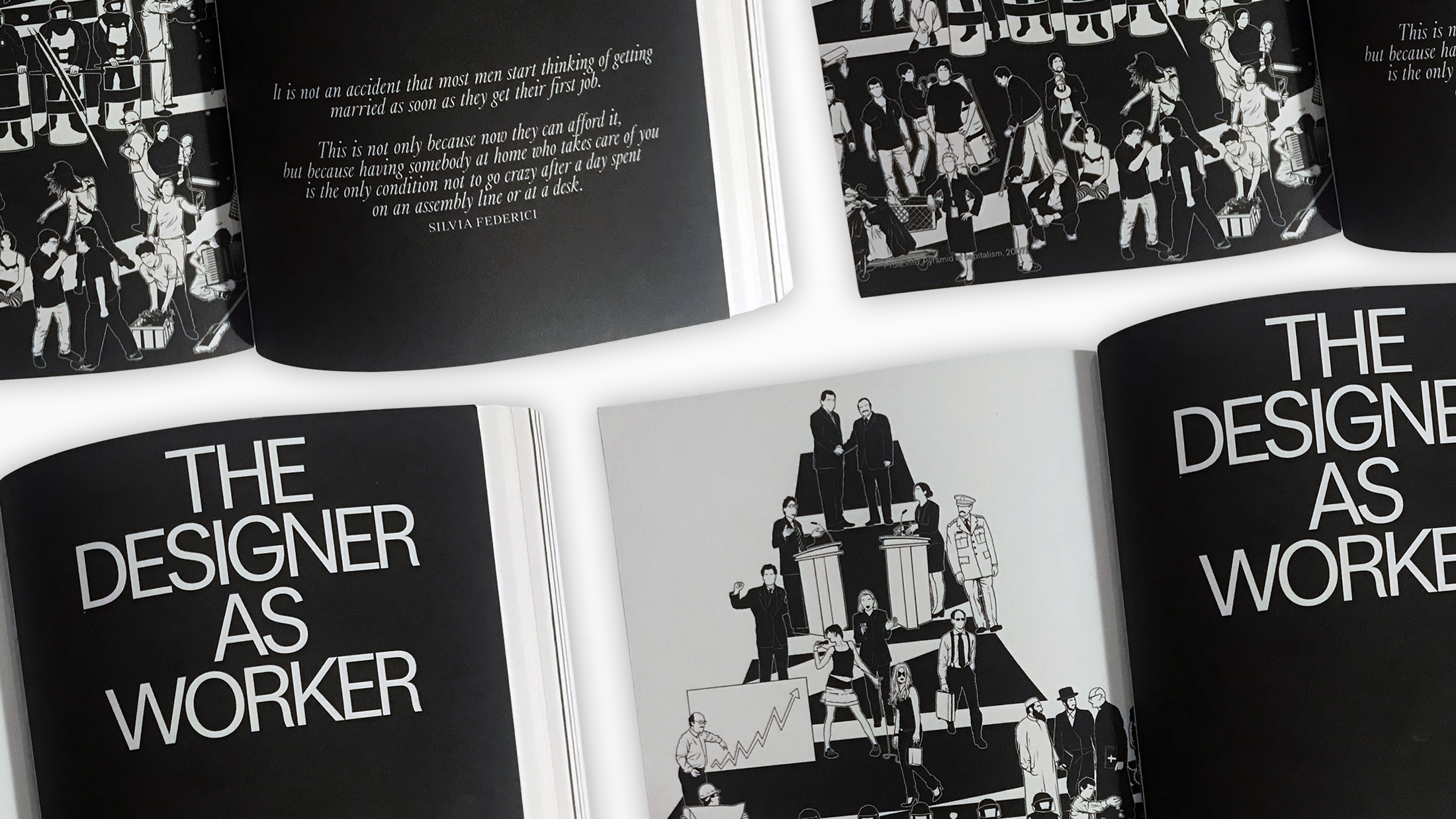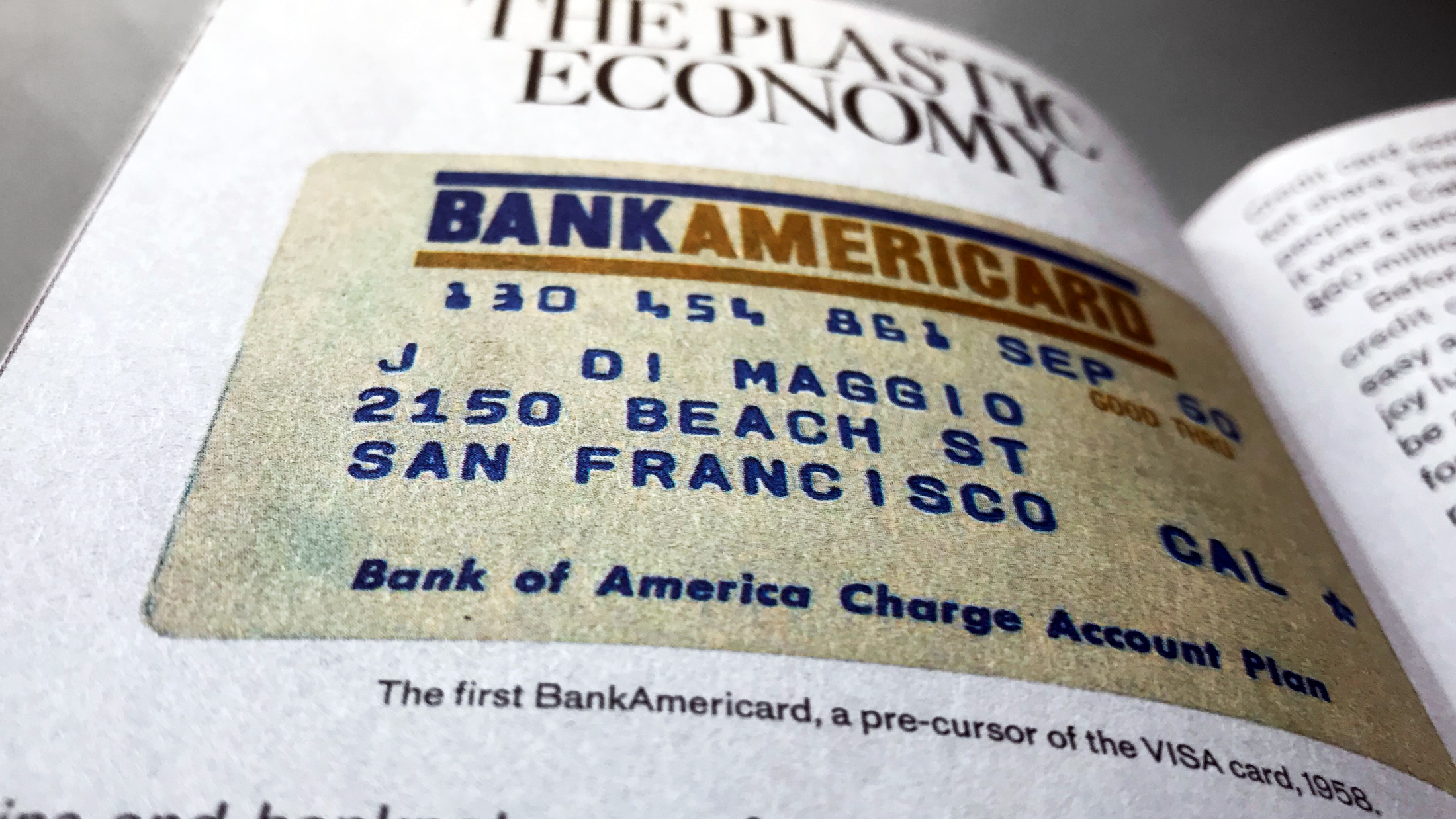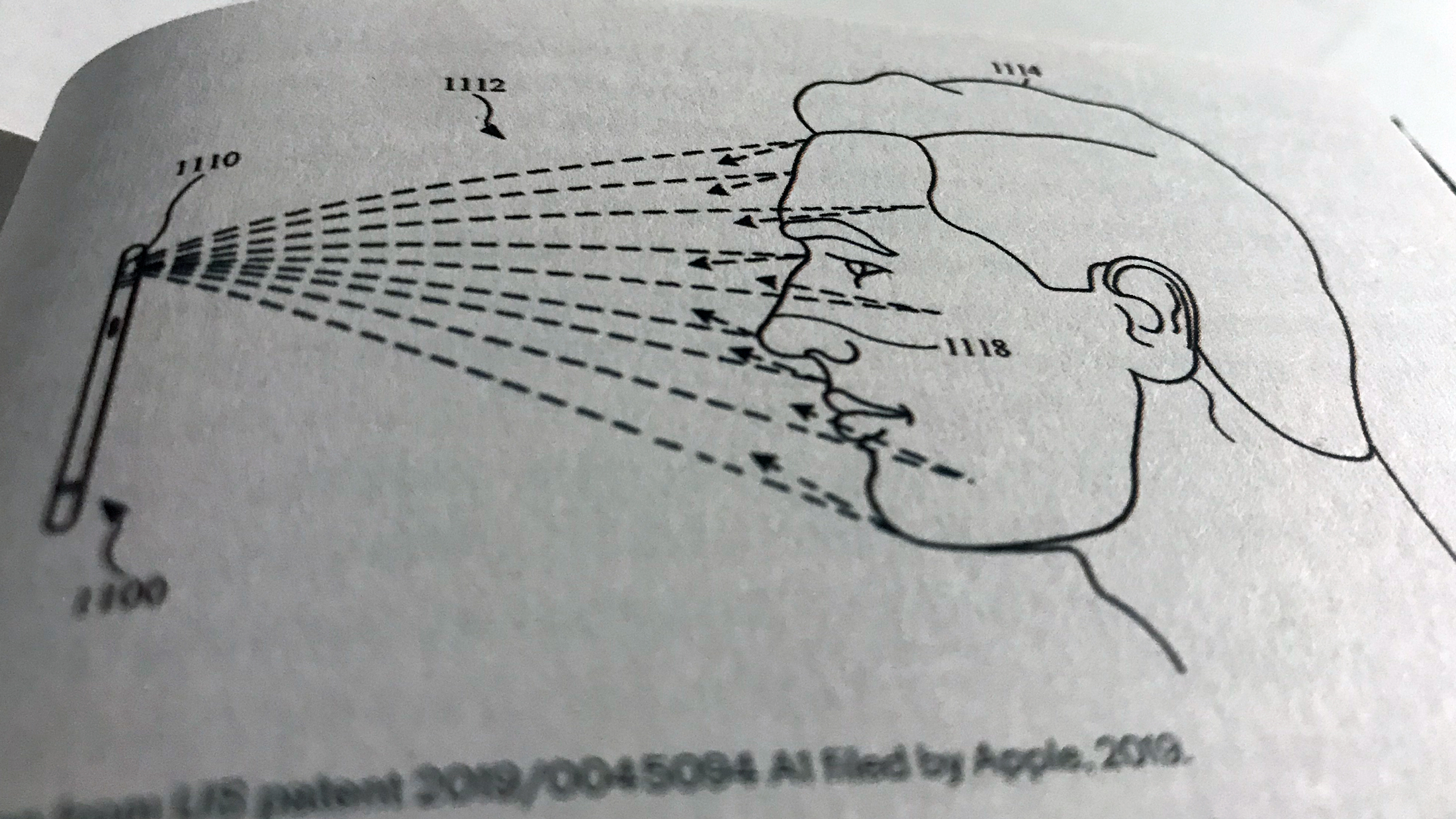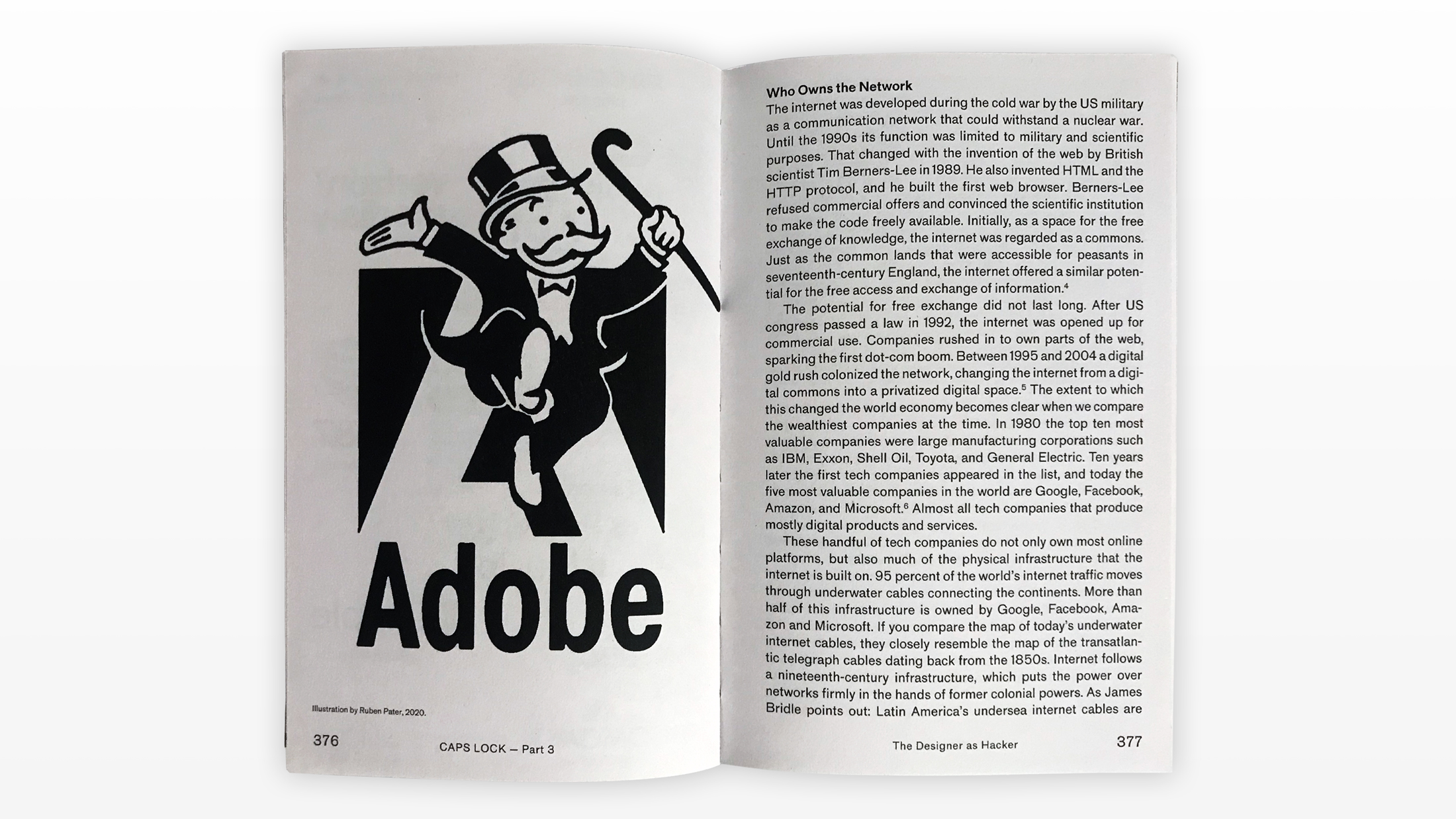Ruben Pater and Amsterdam-based Valiz Publishers’ CAPS LOCK: How Capitalism Took Hold of Graphic Design, and How to Escape From It is an extensive (552 pages) but very engaging, accessible, and portable account of graphic design’s current and historical relationship with capitalism (and theories on how, as a designer, to potentially decouple the inextricably-linked duo).
The best minds of my generation are thinking about how to make people click ads.
Jeff Hammerbacher, former Facebook employee (excerpt from CAPS LOCK: How Capitalism Took Hold of Graphic Design, and How to Escape From It)
Pater’s first book The Politics of Design: A (Not So) Global Manual for Visual Communication (which is also a great read) feels almost like an introductory or warm-up to this more dense and detailed book, though both stand firmly on their own.

Pater is at once a professional designer, writer, and educator which is helpful to keep in mind as you read along since the tone is through both a historical and critical lens. While the book is broken up into four main parts and 12 sections, perspectives, or “roles” (Designer as…”Scribe”, “Engineer”, “Brander”, “Salesperson”, “Worker”, “Entrepreneur”, “Amateur”, “Educator”, “Hacker”, “Futurist”, “Philanthropist”, and “Activist”) it is also an effective and very enjoyable read when flipped through casually and randomly.

Just like Politics of Design, CAPSLOCK is printed as a portable paperback in full color on soft/matte/newsprinty-feeling paper. It is full of real world examples of posters, photographs, logos, advertisements, screenshots, and quotations from (sometimes anonymous) designers, philosophers, brands, cultural icons, thinkers, and other relevant bodies.

The layout itself is very clean and practical. Bold, monochromatic color fields adorned with obsessively kerned sans serifs (appropriately set in ALL CAPS) let you know which section you’re heading into. These spreads are supplemented with delightful and amusing photographs, illustrations, and quotes. Subsection headings are also in ALL CAPS and painstakingly-kerned but set in a striking condensed modern transitional serif. Graphic designers, who are famous for not being able to read actual books, will find this book very readable.

One of the more foundational sections of the book describes the origins of design being used for financial literacy and record keeping. From ancient grid patterns used on clay tablets (think ancient Microsoft Excel) to track financial records, to paper banknotes (first appearing as woodblock-printed paper in seventh century China), to the first plastic credit cards, Pater uses historical evidence and research to demonstrate the complicity and importance of designers in establishing and maintaining authority, credibility, and competency for capital institutions since the beginning of time.

An important message, deputized and legitimized by phrases like Philanthrocapitalism, Causewashing, and the White Savior Industrial Complex, can be found in the chapter The Designer as Philanthropist (as well to an extent in The Designer as Futurist and really all of the chapters). Pater lauds but warns against the often good intentions of Design for Good as a practice. Robert Reich is cited as saying that while philanthropists outwardly seem well in most cases their charity is often indirectly transactional and a “competitive and strategic act”.

While negative examples are drawn from some of the obvious larger players in the space like IDEO, the United Nations, UNICEF, etc. for running tone-deaf or often incompetently negligent campaigns or models, Pater positively encourages designers to localize their efforts (mutual aid), recognize their privilege, and be a part of the community they are serving (rather than designing for a disconnected cause half-way around the globe).

While laying out the evidence demonstrating capitalism’s hijacking and reliance on design to extrapolate and manipulate market and labor, Pater offers alternative ways of thinking for the concerned reader or designer. This frames the book in an optimistic and hopeful light, which is refreshing since so much of the content can feel a bit overwhelming and hopeless at times.

The fantasy being that western consumerism, far from being intrinsically implicated in systemic global inequalities, could itself solve them. All we have to do is buy the right products.
—Mark Fisher, Philosopher (excerpt from CAPS LOCK: How Capitalism Took Hold of Graphic Design, and How to Escape From It)
The last section of the book is dedicated to showcasing a handful of anti-capitalist design practices across the globe that have seemingly taken on a new way of thinking by reclaiming design’s political economy: Brave New Alps (Italy), Common Knowledge (UK), Cooperativa de Diseño (Argentina), Mídia NINJA (Brazil), Open Source Publishing (Belgium), and The Public (Canada).

CAPS LOCK: How capitalism took hold of graphic design, and how to escape From it by Ruben Pater is published by Valiz Publishers out of Amsterdam. Whether you’re a designer or a consumer or both, the book is an excellent addition to your library (plug it in right next to Bringhurst’s The Elements of Typographic Style) and an essential read for anyone interested in understanding how society got to the place it is today and how to potentially course correct it to a better, more equitable future.
Buy it from the publishers site or demand your local bookstore to order a whole stack of them—this is one book you really shouldn’t get from Am**on.







